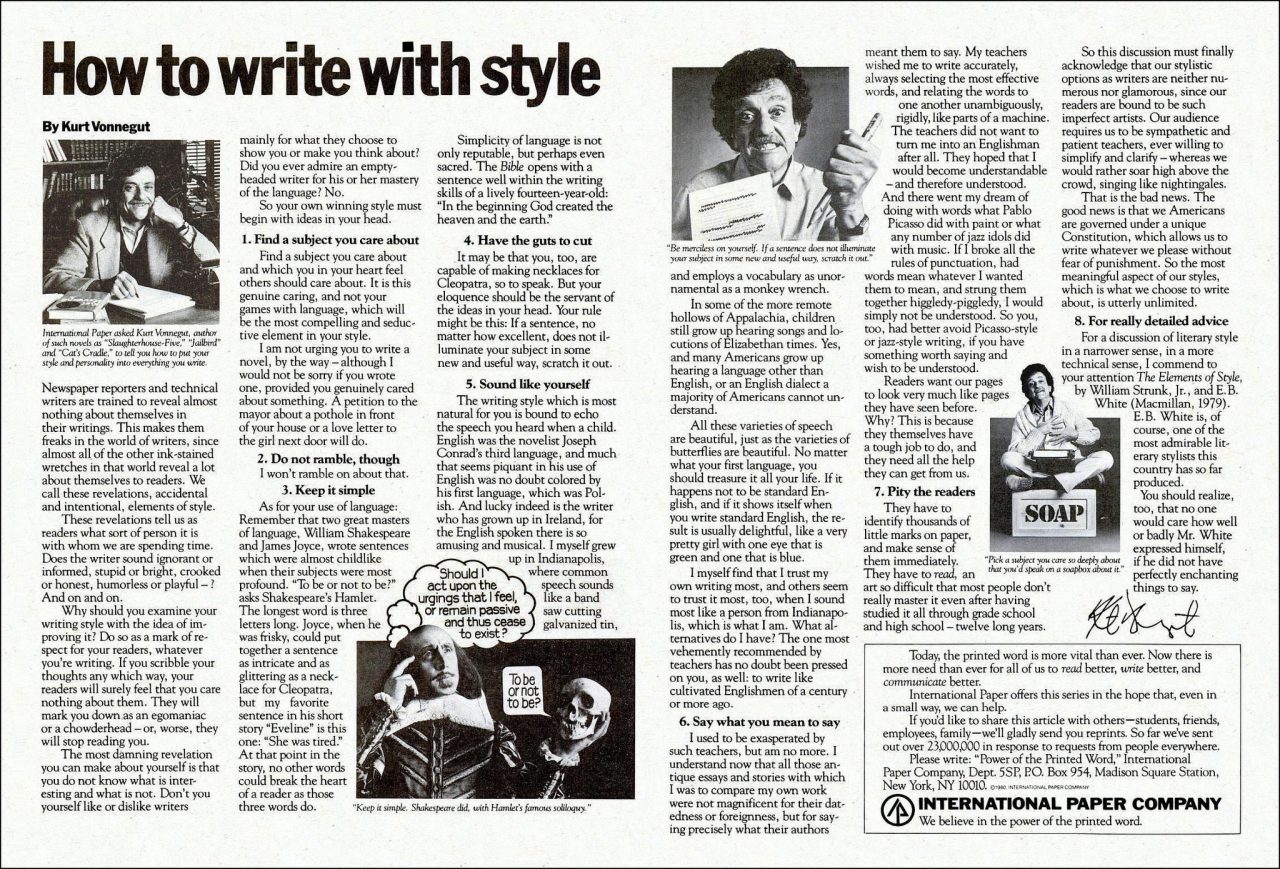
Do an image search for ‘artist’s rendering’ and you get a glimpse of what makes humans unique. We have the ability to imagine and construct our futures. As individuals, as families, as communities, we’re architects of the world we’ll inhabit. For better or worse, we’re in a constant process of shaping our surroundings.
Brands have that same opportunity. And the best ones have a clear vision for what that future should look like. Their clarity of purpose allows them to make convincing arguments that invite people to help them create it.
Nike argues there’s an athlete inside everyone. Starbucks believes in the connective power of the third place. Chipotle advocates for a more ethical, sustainable way to feed people quickly. Those renderings are evident in each brand’s products and experiences–even when done poorly–but they also shape organizational culture, guide business practices, and drive social behavior.
SEE ALSO: Are You Selling a Product or a Mission?
As Paul Graham, Founder of Y Combinator said, “In a sufficiently connected and unpredictable world, you can’t seem good without being good.” Salesforce enables their employees to “become agents of change, spreading our culture of care throughout the communities in which we live and work.” So it’s no surprise its CEO took a stand against an Indiana law that allowed businesses to discriminate against the LGBT community.
Those examples are reminders that for the argument to move people, what you do has to be consistent with what you say. Action supports message, and vice versa. As brands become publishers and studios, that relationship has evolved—more and more content can be both action and message. Ripple, the recent film from Nike Golf, is a kick in the pants for any athlete chasing a dream. The OPEN Forum connects small business owners with resources that can build their success. 2.7 million people have accepted NASA’s invitation to explore the universe and discover our home planet.
The common denominator is usefulness. When content creates value for the audience, the audience is more likely to buy that brand’s argument. They take a step toward that imagined future together. Our digital landscape allows brands to produce a wider range of useful content, but one of the best examples for how persuasive that approach can be is 35 years old.
In 1980, International Paper published a series of “How to” essays from noted experts on language. Kurt Vonnegut taught readers how to write with style. George Plimpton advised on how to give a speech. Jerald G. Simon of Harvard Business School offered tips on how to write a resume. In both action and message, the campaign supported the brand’s argument at the time—we believe in the power of the written word.
Each essay concluded: Today, the printed word is more vital than ever. Now there is more need than ever for all of us to read better, unite better, and communicate better. International Paper offers this series in the hope that, even in a small way, we can help. If you’d like additional reprints of this article or an 11″ x 17′ copy suitable for bulletin board posting or framing, please write: “Power of the Printed Word,” International Paper Company, Dept. 7, P.O. Box 954, Madison Square Station, New York, NY 10010.

In later versions that copy was updated to highlight the campaign’s success: If you’d like to share this article with others—students, friends, employees, family—we’ll gladly send you reprints. So far we’ve sent out over 23,000,000 in response to requests from people everywhere.
International Paper imagined a world where a better command of language could improve people’s lives. Their content was valuable enough to make a convincing argument for that future. Along with the millions who bought their argument, they constructed a new reality.
And sold more paper.
Image: Andrex Holdings Limited
